PulseChain, a relatively new entrant into the cryptocurrency market, has been through some turbulent times since its release in May 2023. The price of Pulse (PLS) experienced a notable drop of nearly 90% from its all-time high of $0.00029951. The bearish sentiments surrounding PLS and the PulseChain community have raised questions about its potential for recovery and growth. In this article, we will delve into the future of Pulse, analyzing its price predictions for the year to come.
PulseChain past
The PulseChain blockchain was created to address Ethereum’s high transaction fees, slow confirmation times, and scalability concerns. The PulseChain community went through the sacrifice phase for the network to rise, but it was only after almost two years that the chain was finally delivered.
Pulse initially garnered attention within the crypto community and even experienced an surge. However, the subsequent months were marked by a significant drop in value, raising questions about the cryptocurrency’s ability to recover and regain its previous all-time high (ATH).
The somewhat sloppy launch phase and the initial confusion could have been a contributing factor in a slow decline; however, the general bearish sentiment in the entire crypto market could be the main factor in the down-side direction of the price.
The PulseChain bridge was inactive at launch, leaving only the sacrificers as the only participants for a few days. The bridge opening was met with great enthusiasm and trepidation, which was reflected in hundreds of millions of dollars being transferred back and forth between Ethereum and PulseChain.
The bridge, however, was overloaded, leading to long delays, and, in the meantime, the XEN Crypto contract was released, leading to a higher than expected gas price. The difficulty with contract address differentiation was also a major issue, which led to the loss of funds mostly on stablecoins like USDC or USDT, which had no backing. The deflationary bug in PulseX, which paid no fees to liquidity providers, and finally the SEC lawsuit against Richard Heart, PulseX, HEX, and PulseChain were the final nails in the coffin. All this led to the price dropping to lower lows and reaching the all-time low of $0.00002578. The price was a reflection of the loss of confidence, the censorship of HEX by Uniswap, and the attack from the regulators. Richard Heart himself disappeared from the public scene for most of the year, leaving the community to itself, which was so far attracted and held together mostly by his charisma.
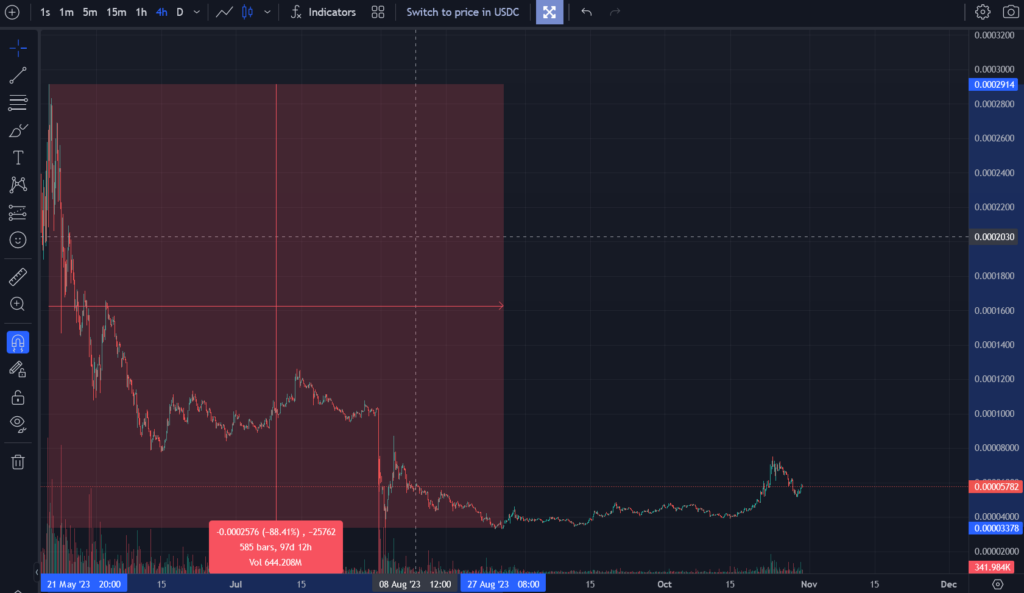
PulseChain present
PulseChain is now the 10th chain with a daily volume of $16.27 million and the 11th with a TVL of $140 million.
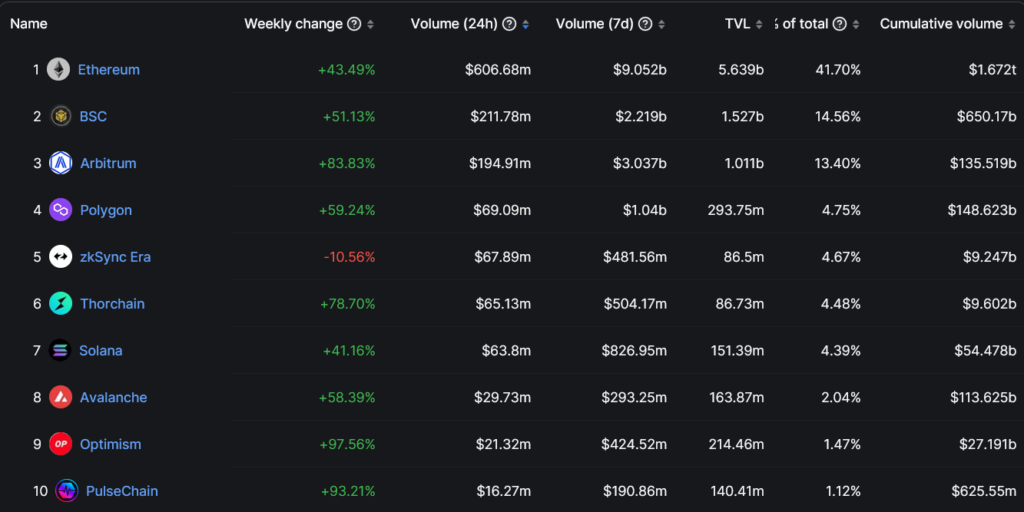
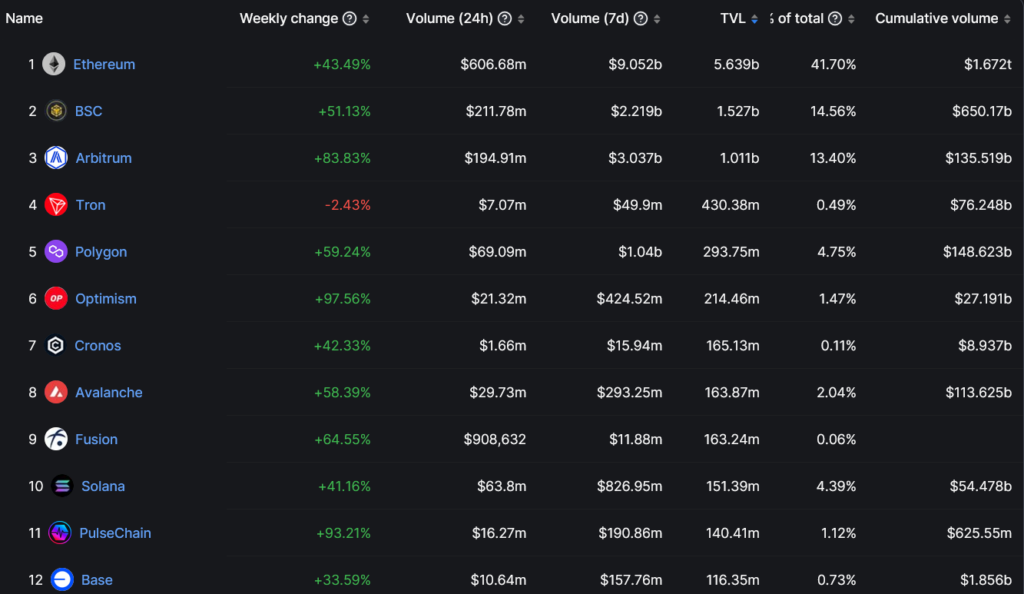
The biggest value proposition of PulseChain is that it’s an exact copy of Ethereum, which means that the entire Ethereum state is on PulseChain, letting people trade whatever asset they had at launch with the gas fees, which are 1600x lower than on Ethereum. While some tokens like DAI, WETH, and HEX have been successfully adopted on PulseChain and trade at the same value as their Ethereum counterparts, others haven’t gained so much traction yet.
NFTs, for example, usually require high gas fees on Ethereum, but they’re very cheap to trade on PulseChain. The NFT markets have been nonexistent until a while back, but now that there’s the NFTonPulse marketplace with the entire state copy of Ethereum almost complete, everyone will be able to trade any NFT for a fraction of the price.
NFTs were one of the most important factors in the adoption of blockchain amongst the existing users, and it’s possible that Ethereum users will see the value of trading their NFTs on a cheap chain, moving economic energy to it.
Pulsechain is an island in the crypto space, with the bridge as the only connection. However, more and more aggregators are incorporating PulseChain, making it easier for outsiders to bring in their assets. Coast, on the other side, is the pioneer in facilitating direct fiat on- and off-ramps, letting crypto outsiders come directly to Pulsechain without the need to go through exchanges or other chains and bridges. This is probably the most positive sign for the network and one that connects it to the world in the absence of Uniswap support.
Despite the overall negative sentiment surrounding the chain, the community is strong.
Community is the foundation of each network, and perhaps the greatest of Richard Heart’s achievements was to gather around him people who are proactive when it comes to creating content, development of new dapps, attracting liquidity, advocacy and educating others. The Hexicans are some of the most educated crypto communities when it comes to self-custody, interaction with contracts, DeFi, liquidity provision, and trading. Despite the setbacks, they launched new projects and continued building. It’s during this bear market that projects like PulsePunks, NFTonPulse, Mintra, Mana’s NFT collection, or Phux launch on PulseChain.
The rise of the Tang Gang with its HOA token is another example of collaboration and positivity as propellants for change in market sentiment.
Can PulseChain rise?
The recent surge in the Bitcoin price caused by the news regarding the potential ETF approval set the entire crypto market on a bullish path. The price of PLS rose 91% in that period.
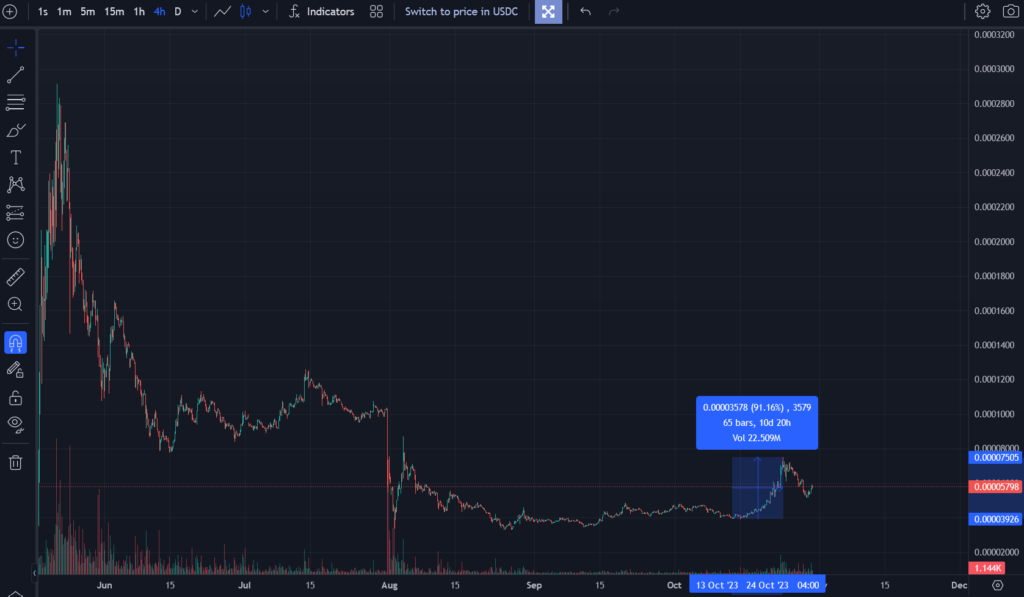
Halving is 6 months away, and this period of time has been historically marked by accumulation and preparation for the bull run.
October closing price tomorrow is the start of the [halving minus 6 months – halving plus 18 months]-period that historically outperforms buy&hold. And that is the essence of the S2F model: that scarcity and thus halvings drive price.
Reminder: October closing price tomorrow is the start of the [halving minus 6 months - halving plus 18 months]-period that historically outperforms buy&hold. And that is the essence of the S2F model: that scarcity and thus halvings drive price.https://t.co/WiwIjN07ph pic.twitter.com/dM4wJVfAmZ
— PlanB (@100trillionUSD) October 30, 2023
It’s well known that the price of Bitcoin is still the main driver behind the price of the entire crypto market, so it’s expected that when the price of Bitcoin surges, that same effect will catch on elsewhere. If the price of Bitcoin falls before halving, the rest will most likely follow suit. As a response to that, there’s little to be said. We can try to forecast the PLS price, but the truth is that everything is correlated to BTC.
If the positive sentiment continues, PLS may potentially surge to $0.00008 by the end of November and as much as $0.0001137 by January 24th. In a negative environment, the support line of $0.000048 is the one that keeps the price of PLS from going to the ATL levels again.
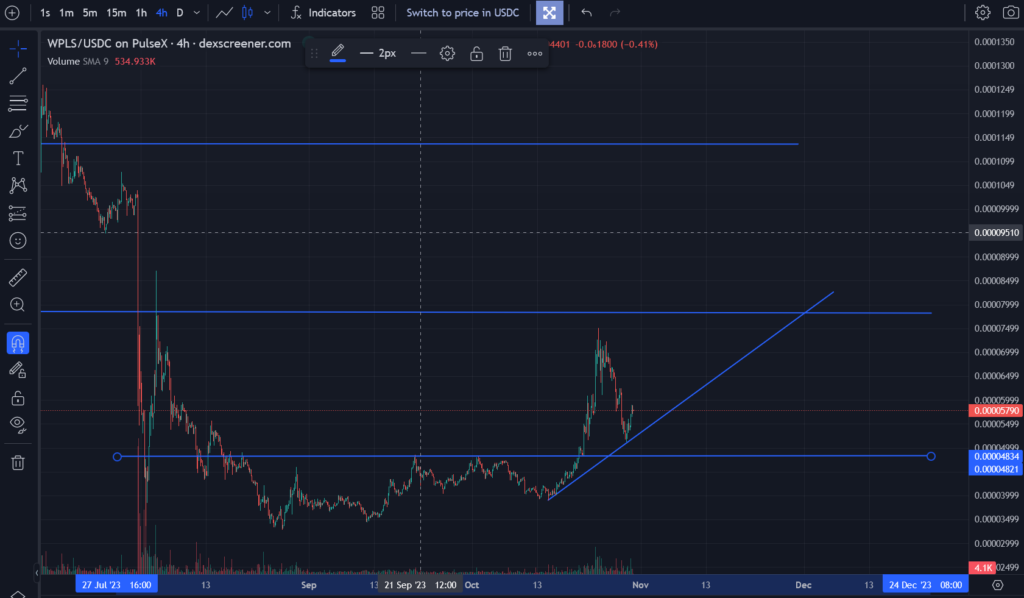
The price range for this year is within $0.00003776 to $0.0001.
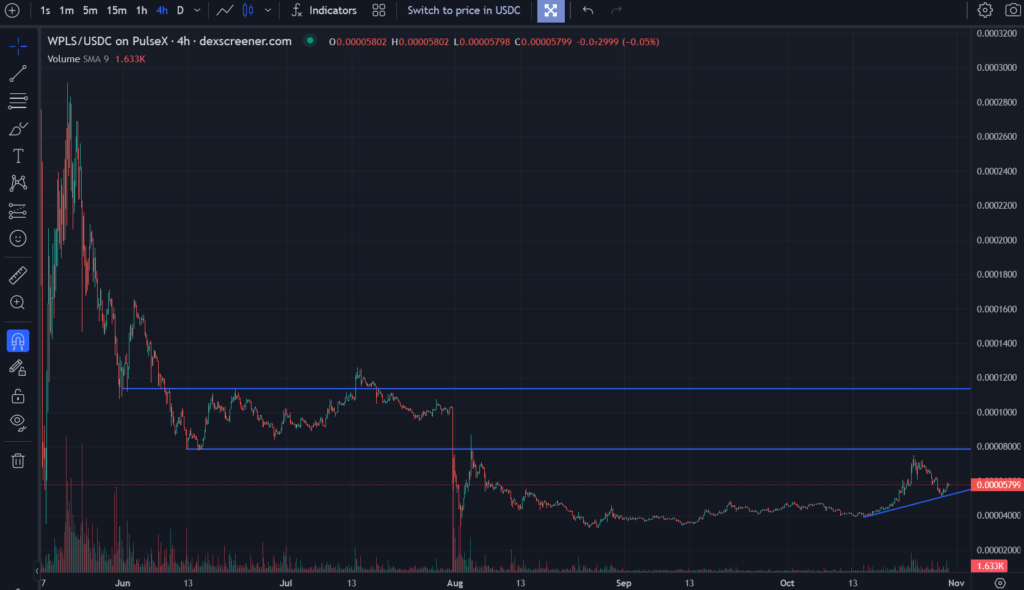
Conclusion
PulseChain’s journey into 2024 is filled with both opportunities and challenges. The cryptocurrency market is notoriously unpredictable, and Pulse’s price could be influenced by a multitude of factors. While we’ve provided a price range and a potential scenario for the price to go up, there are many factors at play that could lead to different outcomes. That being said, the PulseChain community has proven to be resilient and able to adapt and thrive in a difficult environment, and this may become the main factor prejudicating its success. Only time will reveal whether PLS can regain its all-time high and emerge as a prominent player in the crypto industry.

